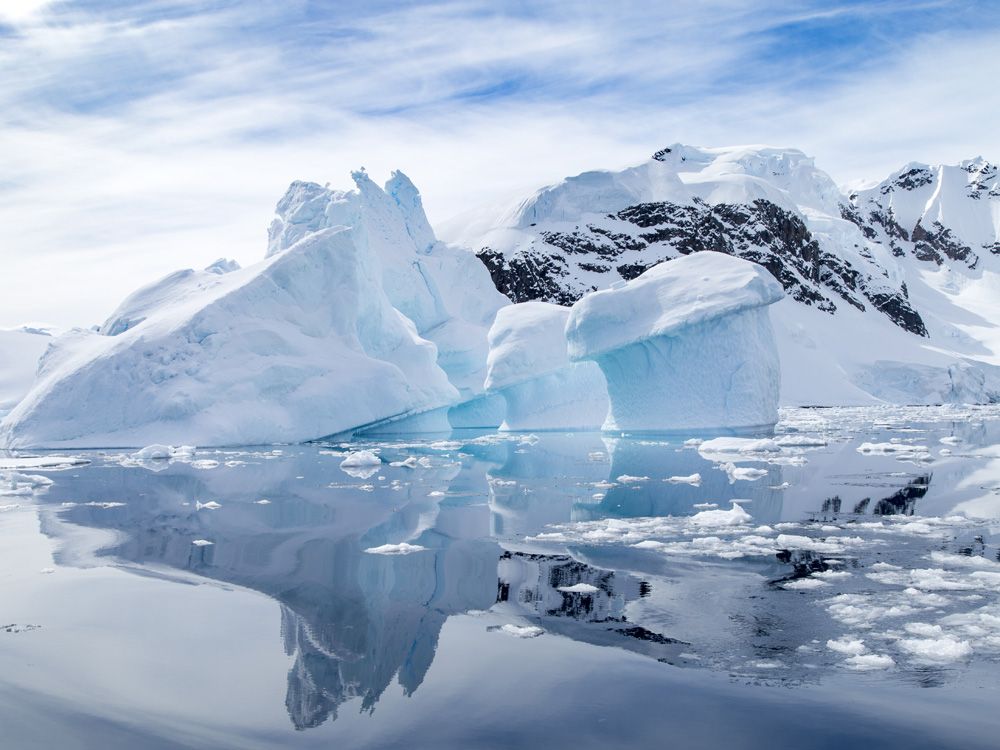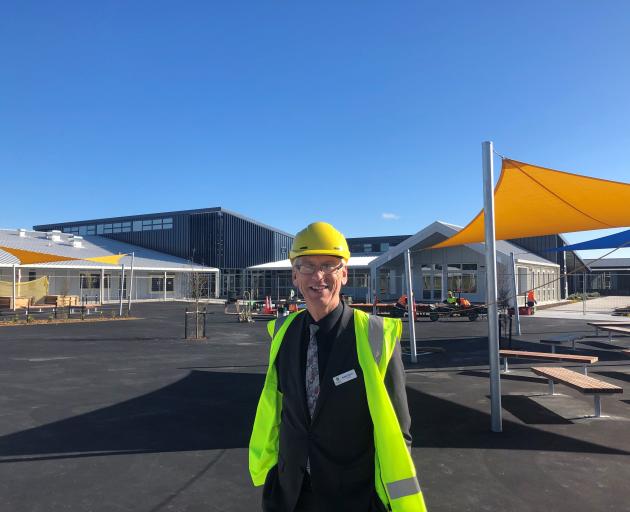My Investigation on climate change
ACIDIFICATION
DEFINITION: Making or changing something into an acid.
What is happening to the oceans?
- The ocean is absorbing carbon dioxide.
- People are polluting the oceans.
- Poisoning the oceans with different chemicals.
What does this do to shellfish?
- The shellfish are dying cause they aren't able to make their shells.
- The carbon is hurting sea life.
- Poisoning the oceans kills the ocean critters and shellfish.
HOW DOES CLIMATE CHANGE CONTRIBUTE TO THE ACIDIFICATION OF OUR OCEANS?
The water cycle evaporates into the air and the carbon dioxide is condensation into the water cycle and perpetuates into the oceans.
DEFINITION: When people cut down trees but don't replace them.
What are trees used for?
Buildings, Furniture, Things
HOW DOES DEFORESTATION AFFECT THE CLIMATE?
The carbon we breath out has nowhere to go.
ICECAP MELT

DEFINITION: The ice in antarcicta mealts.
If all the ice melted what would happen?
The sea levels would rise, Citys would be flodded. The salt in the water would go and the sea salt creatures would die not being able to get use to freash water.
HOW DOES ICECAP MELT AFFECT CLIMATE CHANGE?
It changes that way the water gies. More people would have to move and the trees would be cut down to get more space and stuff for them.







